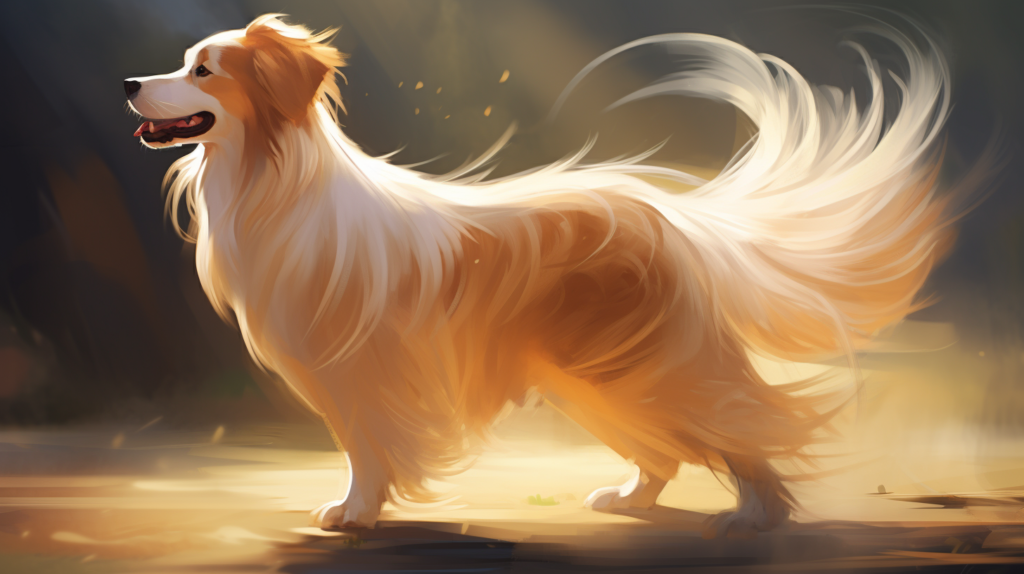
The Science of Wagging: What Your Dog’s Tail is Telling You
Hello, fellow dog lovers! If you’ve ever found yourself mesmerized by the rhythmic wagging of your dog’s tail, you’re not alone. But have you ever stopped to wonder what that wagging really means? Is it just a sign of happiness, or is there more to the story? Let’s delve into the fascinating world of canine tail language and decode what our furry friends are trying to tell us.
The Emotional Barometer
First things first, a dog’s tail is like an emotional barometer. It’s an extension of their spine but has its own set of muscles, allowing for a wide range of movements. Each movement can signify a different emotion or intention. While a wagging tail often indicates a happy and excited dog, the absence of wagging doesn’t necessarily mean a sad or angry pup. Sometimes, it’s a sign of intense focus or even relaxation.
The Wagging Directions
Did you know that the direction of the wagging can also be telling? Research suggests that a wag to the right may indicate positive emotions, like happiness or excitement. On the other hand, a wag to the left might signify negative emotions, such as fear or aggression. It’s as if dogs have their own built-in emotional compass, guiding their interactions with humans and other animals.
The Height and the Speed
The height at which a dog holds its tail can be another clue. A tail held high often signifies confidence and curiosity, while a low-hanging tail could indicate submission or insecurity. The speed of the wagging also matters. A fast wag is generally a good sign, showing that the dog is excited or happy. A slow wag, however, can be a bit trickier to interpret. It might mean a dog is insecure or that it’s cautiously assessing a situation.
The Subtle Nuances
Now, let’s talk about those subtle nuances. A slight twitch could mean your dog is extremely focused, perhaps on a squirrel in the distance or a piece of food on the table. A broad wag, where the tail seems to take the whole backside with it, is often called the “helicopter tail” and is usually a sign of extreme excitement or happiness.
Context is King
It’s crucial to consider the context in which the tail movement occurs. For instance, a wagging tail during playtime is usually a sign of joy, but the same wagging tail could mean something entirely different if it happens at the vet’s office. Always consider the situation, the dog’s overall body language, and other behavioral cues to get the full picture.
Why does Dogs Wag their Tail?
Understanding your dog’s tail language can deepen the bond between you and your furry friend. It’s like learning a new dialect in a language you thought you were already fluent in. So, the next time you see that tail wagging, take a moment to appreciate the complex emotional life of your canine companion. After all, they do say that the tail is the window to a dog’s soul—or was that the eyes? Either way, happy decoding!



